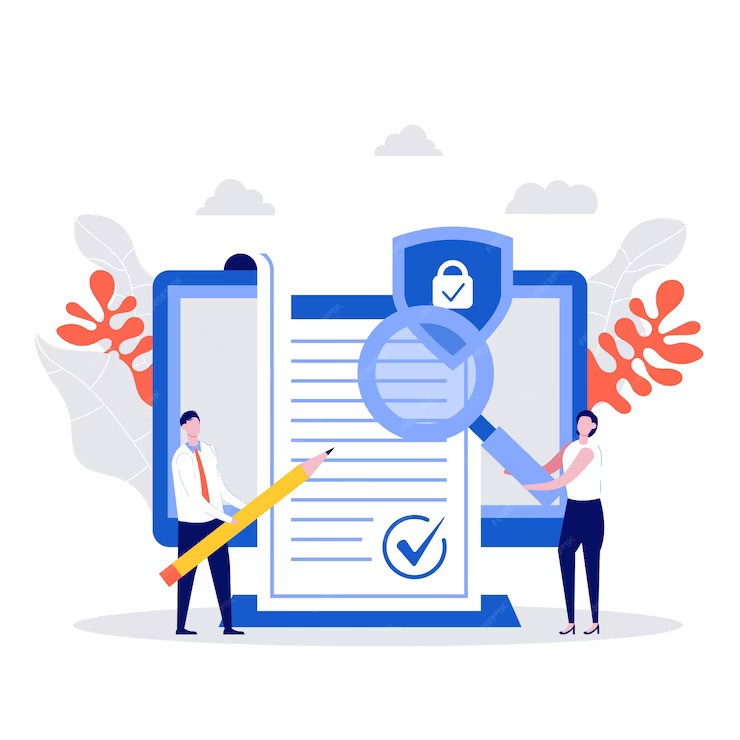The claims management process in insurance can be considered a vital element that serves as a link between customer satisfaction, overall productivity, and profitability of the business. Traditionally, this process was entirely labor-dependent and needed the input of several healthcare staff to assess, process, and solve claims. Yet, with the help of automation, the claim management process has been changing. In this blog, we will discuss the technologies, tools, and technologies currently used to advance claim management automation and discuss the prospects of the insurance industry.
Tools for Claim Management Automation
Robotic Process Automation (RPA)
Overview: RPA automates manual tasks done by the healthcare staff with the help of software robots. In claim management, some significant areas that could benefit from RPA tools include data entry, form processing, and validation tasks with increased speed and efficiency.
Benefits: It shortens the time to process transactions, eliminates errors that humans would make, and also allows staff to work on more pressing matters, optimizing resource utilization and helping organizations cut down on cost.
Artificial Intelligence (AI) and Machine Learning (ML)
For real-time computing, reporting, analytics, and response to ever-increasing data and information.
Overview: AI and ML are the most used technologies in claim management automation. These allow the systems to acquire knowledge from past events, recognize patterns, and make decisions and predictions without human intervention.
Applications: AI can be applied to fraud detection because patterns can be analyzed, and an anomaly or something unusual can be detected. Different ML models can be applied to predict such claims and determine risks; in addition, they can be used for initial decision-making regarding claims.
Optical Character Recognition (OCR)
Overview: OCR technology captures image-based documents; paper documents are scanned and converted into PDFs or any other format of documents and turned into editable, searchable data. OCR extracts data from forms, invoices, and other documents in claim management.
Benefits: OCR minimizes the amount of time involved in the entry of data, increases the rate of processing of data, and makes sure that data is captured correctly, which is essential in the process of claiming.
Chatbots and Virtual Assistants
Overview: Such AI applications may take initial calls from customers or other inquiries concerning claims, give updates on the status of the claims, or help in the initial report of a claim.
Impact: With chatbots, in particular, the interactions carried out with the customers are automated, thus decreasing the pressure on staff and increasing the speed and quality of the replies given to the customers.
Trends in Claim Management Automation
End-to-End Automation
Trend: Several insurance companies have implemented bold approaches like end-to-end automation, whereby all claims handling right from filing to settlement is automated. It is stimulated by the necessity to increase the speed of calculations and the wish to offer the client a comfortable purchase.
Impact: They eliminate manual intervention, decreasing the time taken to handle claims and enhancing cohesive decision-making.
Integration with Core Systems
Trend: Some automation tools are incorporated into basic insurance operational systems, including policy administration and customer relationship management (CRM) systems. Thus, some synergies make for an efficient and coherent process.
Impact: It helps to avoid duplications and gives other departments of an insurance company all the necessary information in time since all these systems work in real time.
Focus on Customer Experience
Trend: As customer expectations transform, more automation is required to improve the experience. Customers, particularly insurance firms, are using automation to offer clients timely information and personalized messages and accelerate the process of claim settlements.
Impact: Increased clients’ satisfaction, loyalty, and consequent retention, which can be so crucial in a highly competitive industry.
Advanced Analytics and Predictive Modeling
Trend: Many insurers are beginning to adopt analytic technologies and predictive modeling to arrive at information worthwhile for analyzing claim intensity, consumer patterns, and influences. These statistics and trends are applied to subsequent adjustments to the automation procedures and decisions.
Impact: It assists in increasing the detection rate of suspicious filing and encourages the accomplishment of accurate and systematic working flows.
Technologies driving Claim Management Automation
Blockchain: The use of blockchain is still a work in progress as experts and reduced organizations look at the possibilities of blockchain technology to enhance clarity, security, and effectiveness in handling claims. Through the use of a distributed database, the transparency of the technology guarantees that all the players in a particular claim shall have the correct data.
Internet of Things (IoT): IoT data can be used to assess damage, verify claims, and even predict potential claims before they occur, enabling insurers to take proactive measures.
Natural Language Processing (NLP): NLP allows computers to process human language and give responses to the inputs that are received by it. In claim management, applications of NLP include identifying what customers are saying, finding information out of big data, and responding automatically.
Wrapping up
Tools, trends, and technologies in claim management automation have progressed rapidly in recent years. Automation is not just about efficiency and accuracy but also about transforming customer relationship dynamics. That is why, with the growth of these technologies, further innovations can open new opportunities that will affect future developments in claim management. Stay ahead of these trends to remain successful in the competitive industry. We at Droidal offer automation services that streamline operations and enhance patient care by leveraging advanced technologies while reducing the administrative burdens from your shoulders. Please make use of our solutions for a better future.

